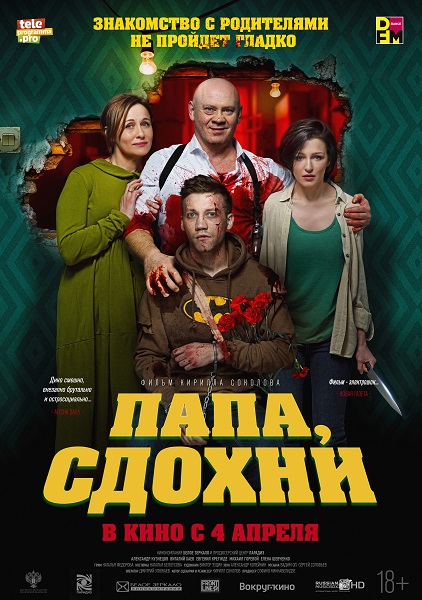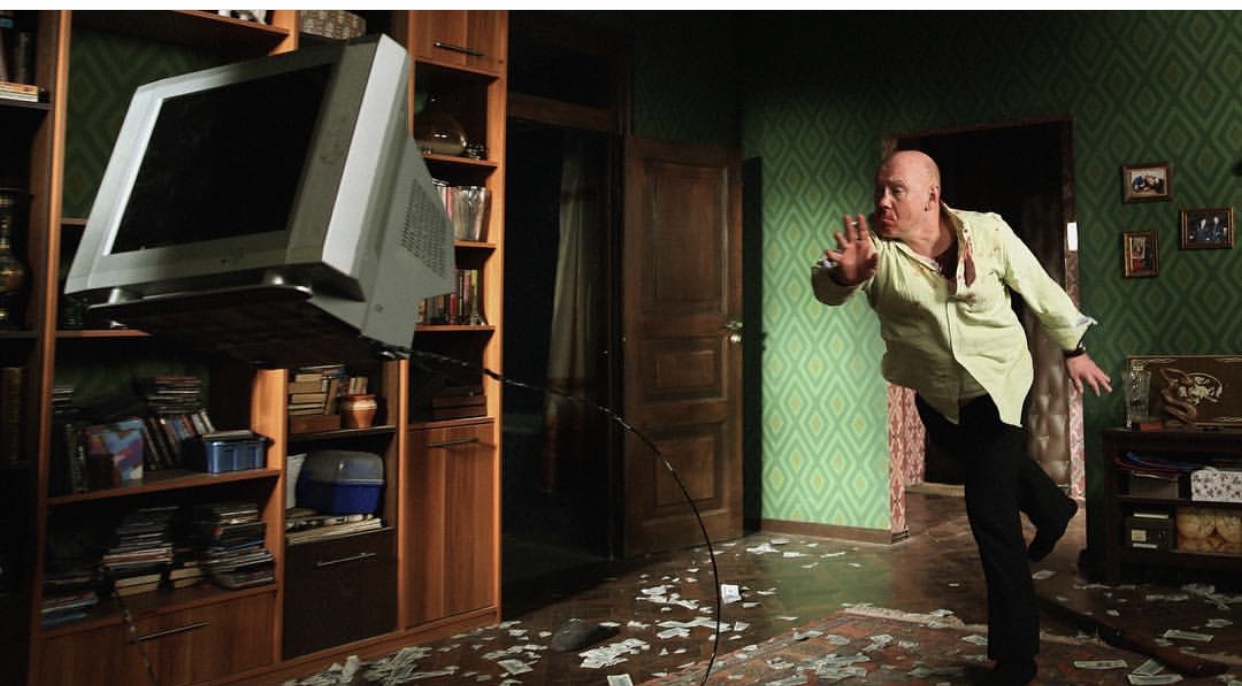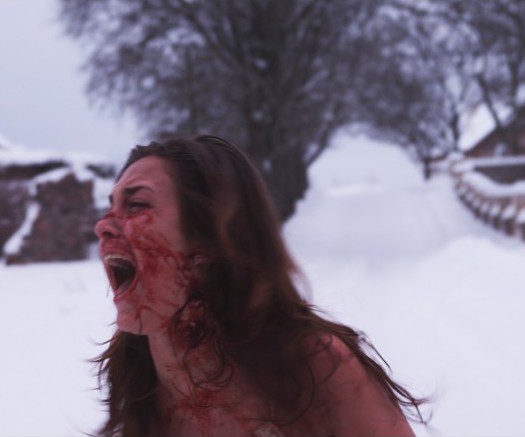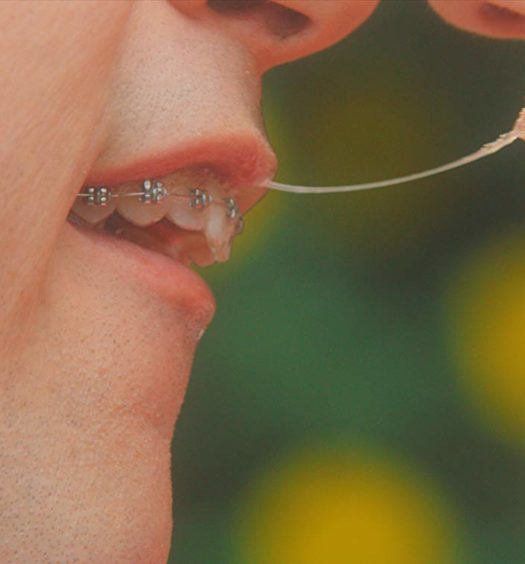Shotgun blasts to multiple bodies. A distraught parent attempting suicide in the family home. Torture by way of drill bit. Plentiful freshets of gore. Why Don’t You Just Die! isn’t a full-on horror film, but it contains enough of the red stuff to be of interest to genre fans. Its Russian title, Papa, sdokhni, translates literally as Daddy, Die and lets you know without a doubt what you can expect.

Why Don’t You Just Die! isn’t a full-on horror film, but it contains enough of the red stuff to be of interest to genre fans
Russian writer/director Kirill Sokolov’s debut feature opens with a nervous young man standing outside the door to an apartment. He holds a hammer behind his back; his hands visibly shake. When he finally works up the nerve to ring the doorbell, a gruff older man answers. We are quickly introduced to these two characters – Matvei, the young man brandishing the hammer, and Andrei – before entering Andrei’s apartment, which is where the majority of the film plays out. Matvei claims that his girlfriend (and Andrei’s daughter) Olya wanted them to meet. Curiously though, Olya is nowhere to be seen.
Inside the apartment, Matvei meets Olya’s mother and is offered a seat at the family table. He sits, and drops the hammer he has been trying to hide. This immediately sets Andrei, a seasoned detective, on edge. Within minutes, all pretense is set aside and a bloody battle erupts in the apartment. Sokolov’s story is relayed through a series of character-driven flashbacks that periodically jump back to the ever-tightening scene playing out in Andrei’s apartment. Crooked cops, a money-hungry and possibly abused daughter, and an inept criminal boyfriend collide in an escalating and black-hearted comedy of errors. Friends and lovers alike turn on each other, and the walls and floors run red with blood.

Sokolov’s direction and visual style singles him out as a creator to keep an eye on
Much of Why Don’t You Just Die! will feel familiar to genre movie fans, particularly those with an affinity for the early films of Quentin Tarantino and Guy Ritchie. Sokolov utilizes nonlinear storytelling and creative camera work similar to that seen in films like Pulp Fiction and Lock, Stock, and Two Smoking Barrels. I also spotted shots that seemed to take cues from Danny Boyle’s Trainspotting and the hyper-caffeinated editing style of Edgar Wright. Aside from these more modern influences, Sokolov seems to take inspiration from spaghetti westerns for portions of both the cinematography and the score. One scene in particular plays out like a Mexican standoff by way of Moscow, complete with close-up shots of the gunslingers’ eyes and a musical riff that would make Morricone proud.
Despite the influences and homages on display, Sokolov shows a lot of promise here in his first feature film. What he achieved on a relatively meager budget (just over $1,000,000 USD) speaks to a director with a lot of potential. As a writer, he may need to stretch his creative muscles a bit more in order to create something that feels wholly unique. But Sokolov’s direction and visual style singles him out as a creator to keep an eye on.

‘Why Don’t You Just Die!’ Covers Bloody, if Somewhat Familiar, Territory [Review]
Promising.































